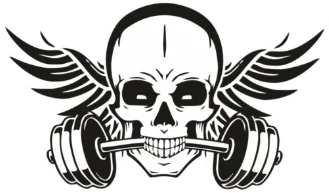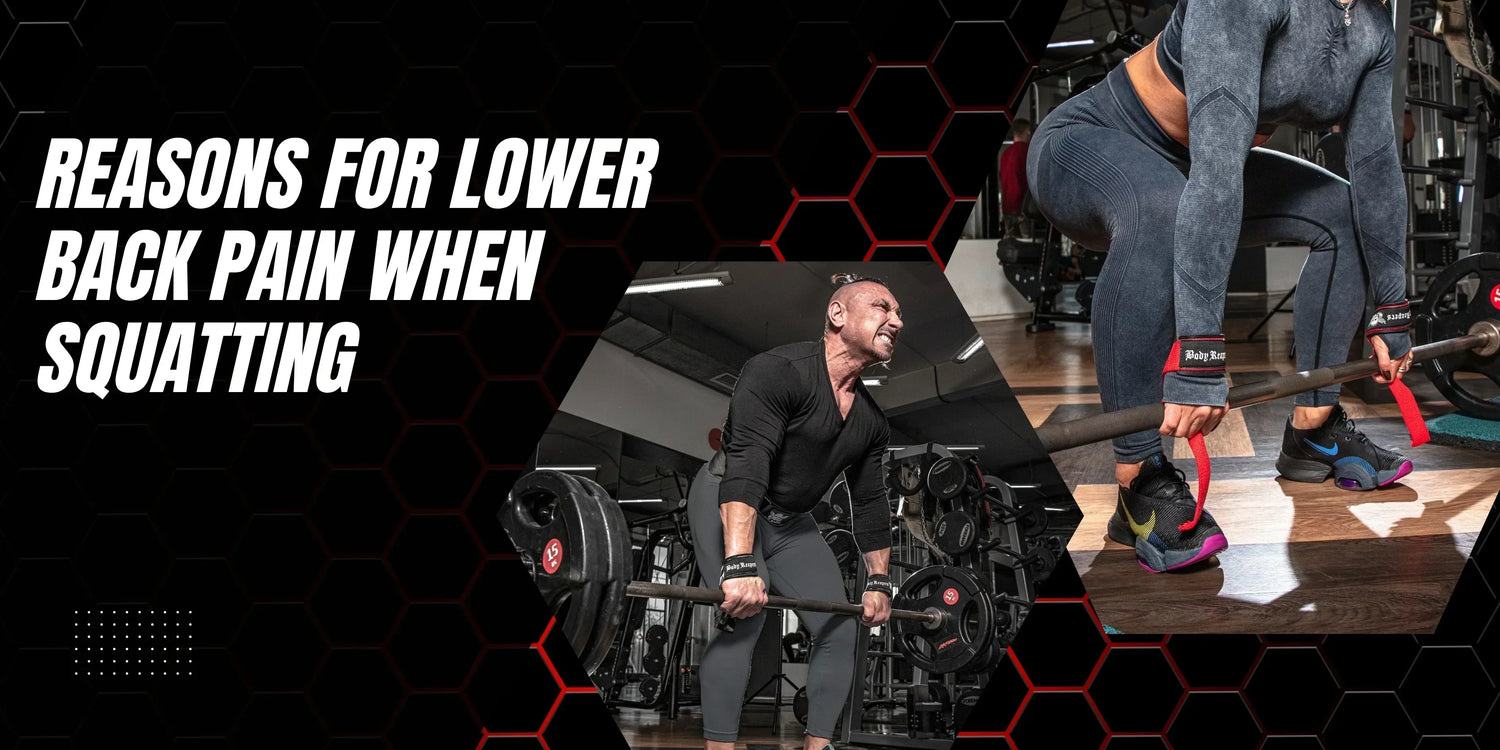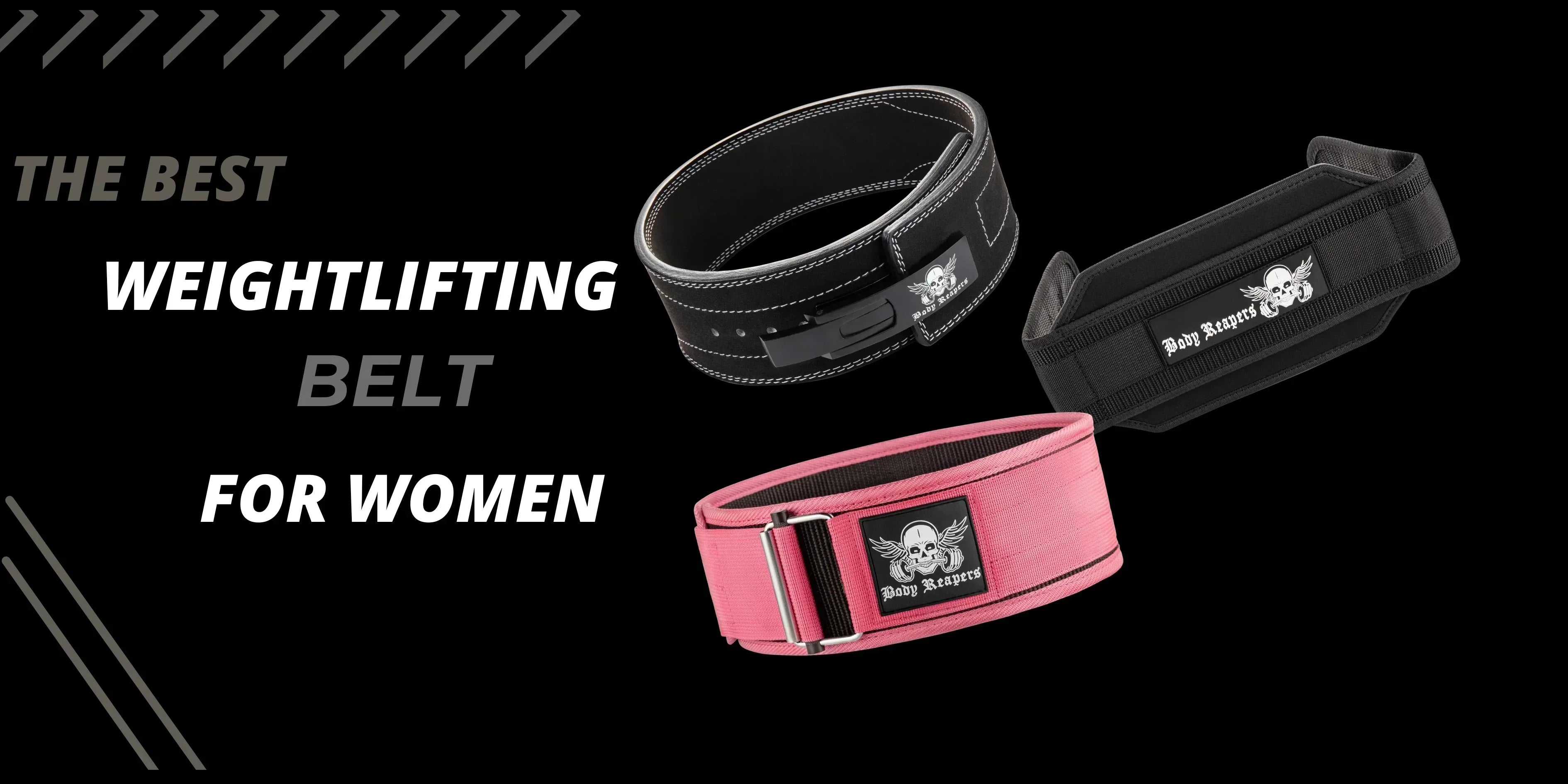Back Pain After Squats? Here's How to Do Them Right
Squats are often hailed as one of the most beneficial and versatile exercises for building strength, enhancing mobility, and improving overall fitness. They are fundamental in athletic training and everyday movements, such as sitting down, bending over, and picking up objects. Yet, despite their effectiveness, squats are commonly associated with lower back pain, particularly for those new to the movement or those lifting heavy weights.
This article explores why lower back pain occurs after squats, common mistakes people make, how to avoid them, and how to improve your squat technique for pain-free results.
The Importance of Squats in Fitness
Squats are a multi-joint exercise that targets several major muscle groups, including the glutes, quadriceps, hamstrings, calves, and lower back. Done correctly, they help build lower-body strength, promote mobility, and improve overall functional fitness.

Key Benefits of Squats:
- Builds Leg Strength: Squats primarily target the thighs (quadriceps and hamstrings) and glutes. A stronger lower body is crucial for performing daily tasks efficiently.
- Boosts Core Strength: As a compound movement, squats also engage the core (abdominals and lower back) to stabilize the body during the motion.
- Improves Posture and Balance: Proper squat technique helps promote a straight spine, improve posture, and enhance overall balance.
- Increases Flexibility: Regularly performing squats improve joint mobility, especially in the hips, knees, and ankles.
Incorporating squats into your workout routine can improve your athletic performance, make you more mobile, and help prevent falls and injuries as you age.
However, when done incorrectly, squats can lead to discomfort or even injury, particularly in the lower back.
Why Does Your Lower Back Hurt After Squats?
Experiencing lower back pain after squats is unfortunately common but never normal. There are several reasons why this might occur. Below, we delve into the most common causes of lower back pain after squats, why they occur, and how to fix them.
1. Poor Core Engagement
Your core plays a critical role in stabilizing your spine during squats. If your core isn't properly engaged, your lower back may compensate, leading to strain and discomfort.
Why It Happens:
When you squat without engaging your core, your lower back can easily round, which places extra pressure on the spine. Without this engagement, the spine is more susceptible to compressive forces, resulting in pain.
How to Fix It:
Before squatting, brace your core by deep breathing and tightening your abdominal muscles. Imagine you're about to be punched in the stomach—this should engage your entire core. Ensure your back remains flat and neutral throughout the movement, and keep your chest lifted.
2. Incorrect Squat Form
Another common cause of lower back pain is poor squat form. Specifically, the lower back can get strained if the squat is performed too "perfectly vertical" or with a rounded back.

Why It Happens:
When trying to maintain an overly upright posture during a squat, some people unintentionally overcompensate by leaning backwards or tucking their pelvis underneath them (butt wink). This leads to spinal compression and can cause back pain.
Poor ankle or hip mobility can also prevent the body from maintaining the necessary posture, further exacerbating the problem.
How to Fix It:
Make sure that your upper body has a slight forward lean when performing a squat. This is a natural and necessary part of the movement. Your torso should bend forward slightly, with your knees tracking over your toes while keeping your back straight. To help maintain proper form, practice squats in front of a mirror or record yourself to ensure you're not leaning too far forward or rounding your back.
3. Weak Glutes and Hamstrings
Squats heavily engage the glutes and hamstrings, and when these muscles are underdeveloped or weak, the lower back tends to take on excess stress.
Why It Happens:
If the glutes and hamstrings are weak, they fail to stabilize the body properly during the squat. As a result, your lower back muscles are forced to pick up the slack, leading to strain and pain.
How to Fix It:
Incorporate exercises targeting the posterior chain, such as glute bridges, hip thrusts, and Romanian deadlifts. Strengthening these muscles helps take the burden off your lower back and enhances squat performance.
Apart from the above mentioned movements, focus on opening on pelvic portion.
Do a good warm up and stretching before your squats to make sure your muscles are ready for the torture.
You can also do variations of a squat to target other parts of your lower body than just the quads which will help you with the placement & correct posture.
Here’s a video to help you understand the different variations of a squat that can help you target different muscle groups of your lower body. (Squats really be taking all the load)
4. Using Too Much Weight
It's tempting to add weight when you're trying to progress in your squatting. However, lifting more weight than your body can handle with proper form can lead to injuries, particularly in the lower back.
Why It Happens:
Lifting excessive weight often forces a breakdown in form. This can cause you to lean too far forward, round your back, or collapse your core. When this happens, the spine is placed under unnatural stress, which increases the risk of injury.
How to Fix It:
Gradually increase your weight as you build strength. It's important to prioritize form over the weight you lift. If you feel your form breaking down at heavier weights, reduce the load until you can squat pain-free and with good technique.
Explore More: How to Pick the Right Knee Sleeves for Squats
Belt Squat vs Back Squat: Benefits, Differences, and Which One You Should Do
5. Lack of Mobility (Hip, Ankle, and Spinal Mobility)
Limited mobility in the hips, ankles, or spine can restrict your squat depth and cause compensatory movements that stress the lower back.
Why It Happens:
Tight hips or limited ankle flexibility can affect your squat form, causing you to compensate by rounding your back or shifting the load to your lower back.
How to Fix It:
Incorporate regular mobility drills to improve flexibility in the hips, ankles, and spine. Stretching exercises like deep squat holds, ankle dorsiflexion stretches, and hip openers can help improve the range of motion. This will allow you to perform squats with better form and reduce strain on your lower back.
6. Poor Barbell Placement
For barbell squats, incorrect bar placement on your back can affect your squat mechanics and lead to back pain.
Why It Happens:
If the barbell is placed too high or too low on your back, it can shift your center of gravity, causing you to lean too far forward or overextend your lower back. This can lead to discomfort and injury.
How to Fix It:
For high-bar squats, ensure the bar is placed on your upper traps and not too low. This allows you to maintain an upright torso during the squat. Place the bar slightly lower on your rear delts for low-bar squats and hinge your hips slightly more to distribute the load better.
How to Prevent Lower Back Pain from Squats
Now that we've covered the most common causes of lower back pain from squats let's focus on the steps you can take to prevent it and ensure you're squatting safely.
1. Warm-Up Properly
Before starting your squat session, it's crucial to warm up your body, focusing on your lower body and core. Incorporate dynamic stretches, foam rolling, and mobility drills for the hips and ankles to improve flexibility and prepare the muscles for the workout.
2. Focus on Proper Form
Always prioritize correct squat form over lifting heavier weights. This includes maintaining a neutral spine, engaging your core, and ensuring proper alignment of your knees and feet. If necessary, practice bodyweight squats until you have mastered the movement.
3. Gradually Increase Weight
Don't rush to increase the load too quickly if you're using weights. Gradually progress in weight while ensuring your form remains impeccable. A slow and steady increase in load helps you build strength without risking injury.
4. Strengthen Your Core and Posterior Chain
Make core and posterior chain exercises (glutes, hamstrings, lower back) a staple in your workout routine. Strengthening these areas will provide better stability and support during squats, reducing the load on your lower back.
5. Try Squat Variations
If back pain persists despite the correct form, consider switching to squat variations that may put less strain on the lower back. Goblet squats, for example, promote better posture and reduce stress on the spine. Front-loaded squats, where the weight is positioned in front of your body, are also a great alternative that encourages a more upright torso.
6. Incorporate Mobility Work
Work on your hip, ankle, and spinal mobility to improve your squat depth and form. Regularly practising mobility exercises can help you perform squats more effectively and reduce the risk of lower back pain.
This whole section, we can show it with a video. Have to figure out something
Conclusion: Squat Without Pain
Squats are essential for building lower body strength, mobility, and overall fitness. However, lower back pain after squats is a common issue that arises from improper technique, weak muscles, or poor mobility. By addressing these factors—such as correcting your form, gradually increasing weight, strengthening your core and posterior chain, and incorporating mobility exercises—you can eliminate back pain and enjoy the full benefits of squats. Always listen to your body and consult a healthcare provider if the pain persists.
Stay consistent, and with the right approach, squatting will help you build strength, improve posture, and enhance your overall fitness!
Reading Listing
Best Workout Bands for Strength Training
7 Ways to Increase Your Workout Intensity
7 Best Bench Press Accessory Exercises to Boost Your Strength





Leave a comment
This site is protected by hCaptcha and the hCaptcha Privacy Policy and Terms of Service apply.